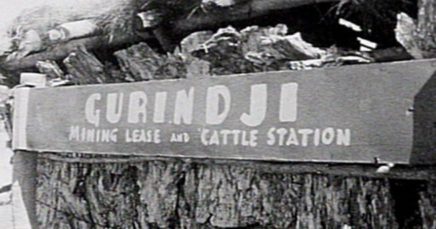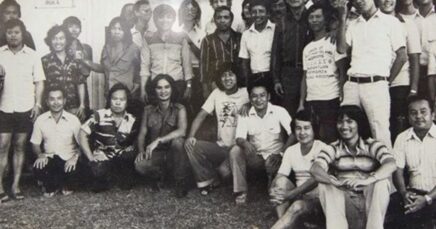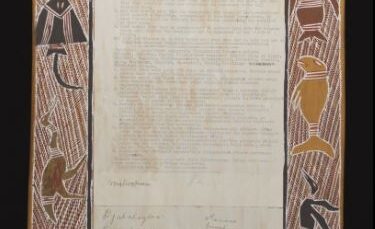
On 21 April in 1856, building workers in Melbourne took strike action and won the eight-hour day as a general industry standard.
It was the first time in the world workers had won the eight-hour day across an industry with no reduction in pay.
In the 1850s large numbers of migrants came to Australia because of the immense wealth of the gold rush.
Many of the stone masons who came to Australia because of the boom of these years had previously been activists in the radical British workers movement known as Chartism.
They brought traditions of activism down under, and helped found new workers’ organisations like the Stonemasons Society.

In 1855, construction workers on two Sydney sites won the eight-hour day, inspiring their fellow workers elsewhere.
Stonemasons in Melbourne and Sydney launched campaigns for the Eight Hour Day.
They held public meetings, protested in the street, and even sponsored an essay-writing competition on the topic.
In April 1856, Melbourne Stonemasons working at Melbourne University walked off the job demanding the eight-hour day across the industry with no reduction in pay.
They marched through the city to join the masons building the new parliament house on Spring street.
Employers were aghast – how could profits be assured if workers toiled for less than ten hours a day?
But the Stonemasons insisted that workers had a right to decent rest and some recreation. Our lives, they argued, should not just be about the work we do.

They were saying: we want to work hard and to contribute – but we also have the right to a work/life balance.
They didn’t wait for anyone to give them this right, they got together, organised, and took action. They won it.
It was an international benchmark – a defining victory that we have celebrated proudly ever since.



